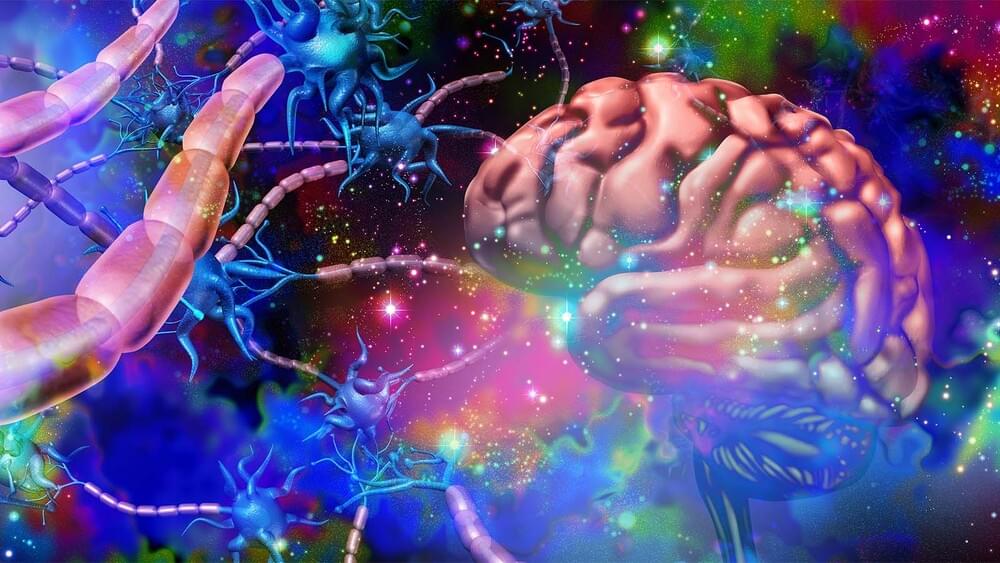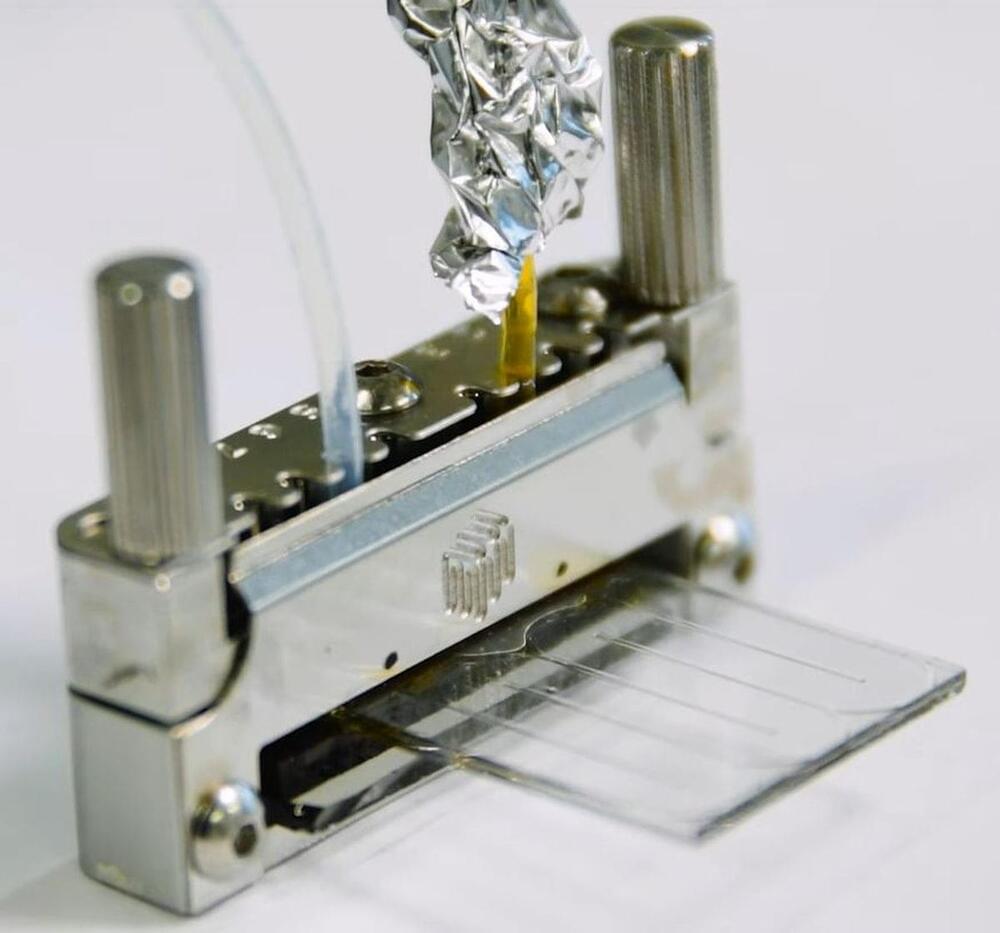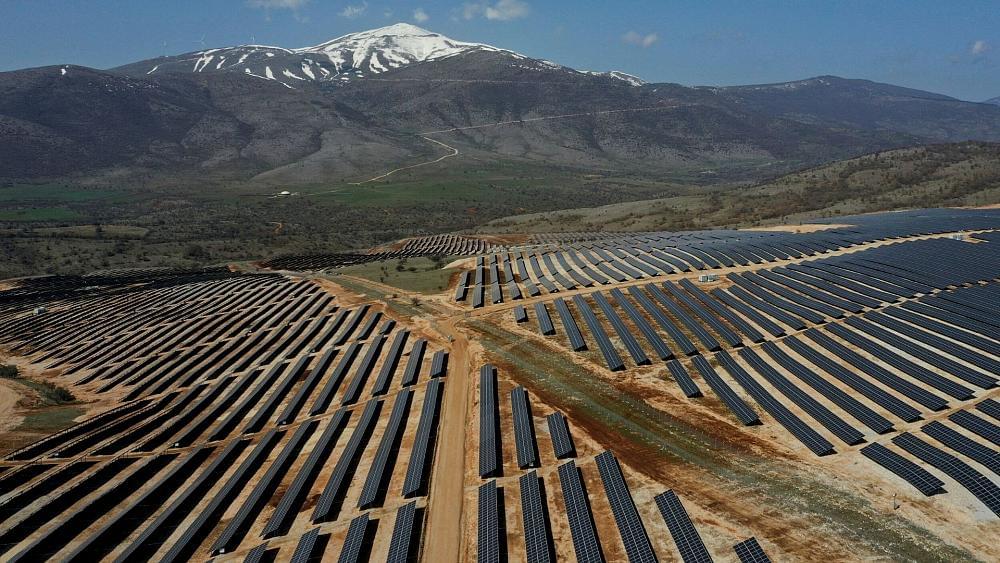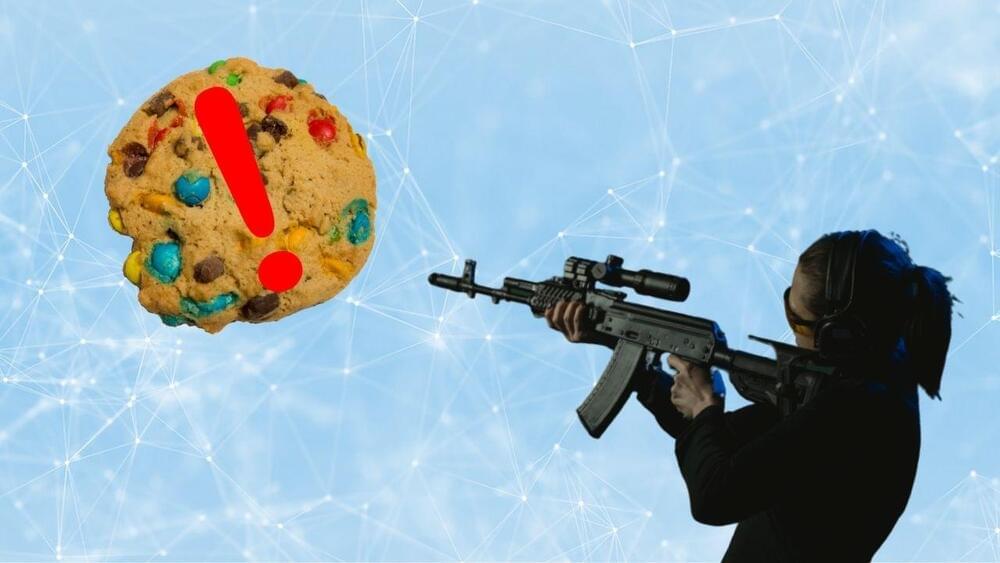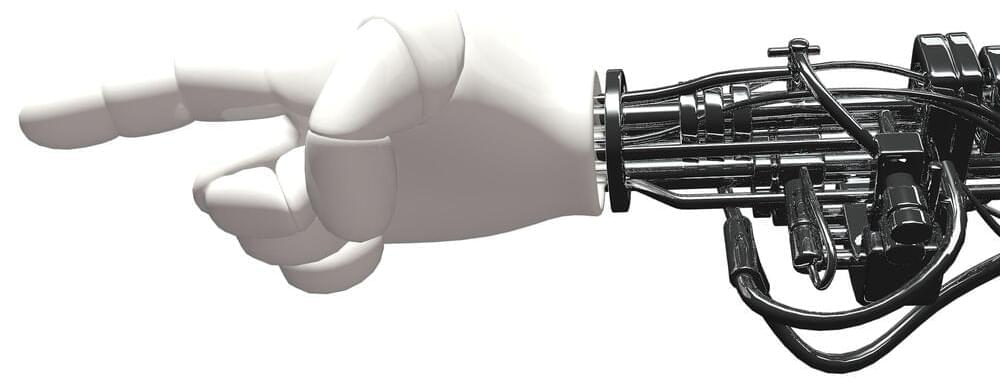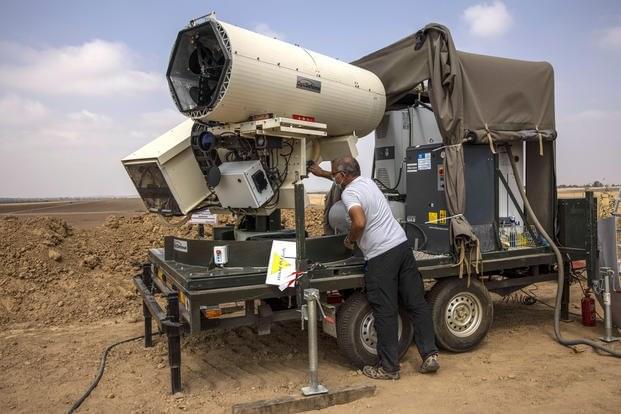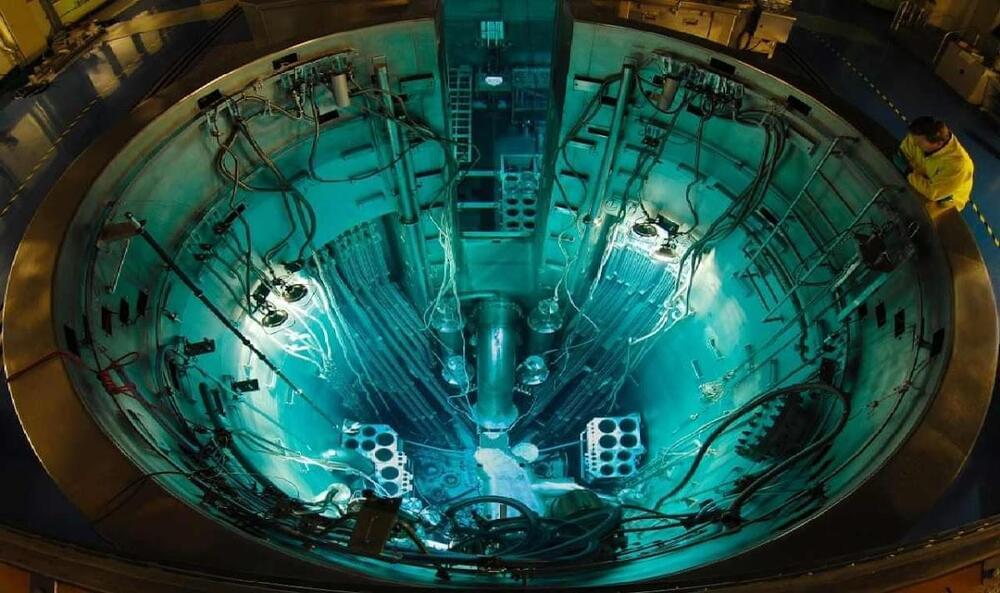Understanding how we use our brain to make decisions is a daunting task, given our brain’s extensive webs of neural wiring and circuitry. Now, JAX researchers Erik Bloss and Kourtney Graham are using a surprising tool to investigate goal-directed behaviors: the rabies virus.
